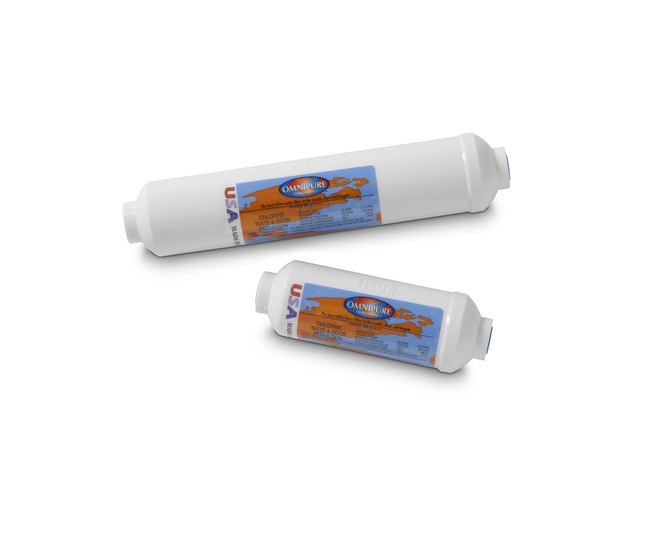

The researchers noted it may be worthwhile to study the application of their nanozymes to treat the cytokine storms - an excessive immune system response to infection - suspected of contributing to tissue and organ damage in COVID-19 patients. "This seems to be really important to why these work so well in traumatic brain injury and stroke." "We published a paper on this recently," he said.
#Do activated carbon filters protect against covid free
Tour noted the nanozymes are able to pass through the membranes of cells' mitochondria to quench a major source of free radicals without killing the cells themselves. The nanozymes teem with oxygen-containing functional groups that bust up superoxides in solution. The disc-like nanozymes are prepared from powdered, medical-grade charcoal oxidized by treatment with highly concentrated nitric acid. And the clusters made from carbon nanotubes are very expensive." "While coal was effective, an issue is that it can have a variety of toxic metallic elements and impurities that are not consistent across samples. The lightweight, disposable R95 particulate respirator is constructed with carbon filter material for applications such as foundry operations, lab settings, agriculture, petrochemical manufacturing and undercoating where particles and nuisance levels of organic vapors may be present. "That these nanozymes are made from a GMP source opens the door for drug manufacturers," said Tour, who led the project with A&M neurologist Thomas Kent and UTHealth biochemist Ah-Lim Tsai. The complete protection of health workers. Generally, if the possibility of contact with an infectious virus is lower, the lower the chance of catching that disease.


They have now found oxidized charcoal nanoparticles are not only effective antioxidizers, but can also be made from an activated carbon source that is inexpensive, good manufacturing practice (GMP)-certified and already being used in humans to treat acute poisoning. The lack of an effective treatment method and (until recently) a viable vaccine against COVID-19 has compelled scientists worldwide to seek other approaches to contain the pandemic. In the project co-led by Rice chemist James Tour, previous materials were successfully tested for their ability to activate the process, including graphene quantum dots drawn from coal and polyethylene glycol-hydrophilic carbon clusters made from carbon nanotubes. Superoxide dismutases, or SODs, dismantle ROS into ordinary molecular oxygen and hydrogen peroxide. The biocompatible, highly soluble charcoal is a superoxide dismutase, and was synthesized and tested by scientists at Rice University, the University of Texas Health Science Center's McGovern Medical School and the Texas A&M Health Science Center.


 0 kommentar(er)
0 kommentar(er)
